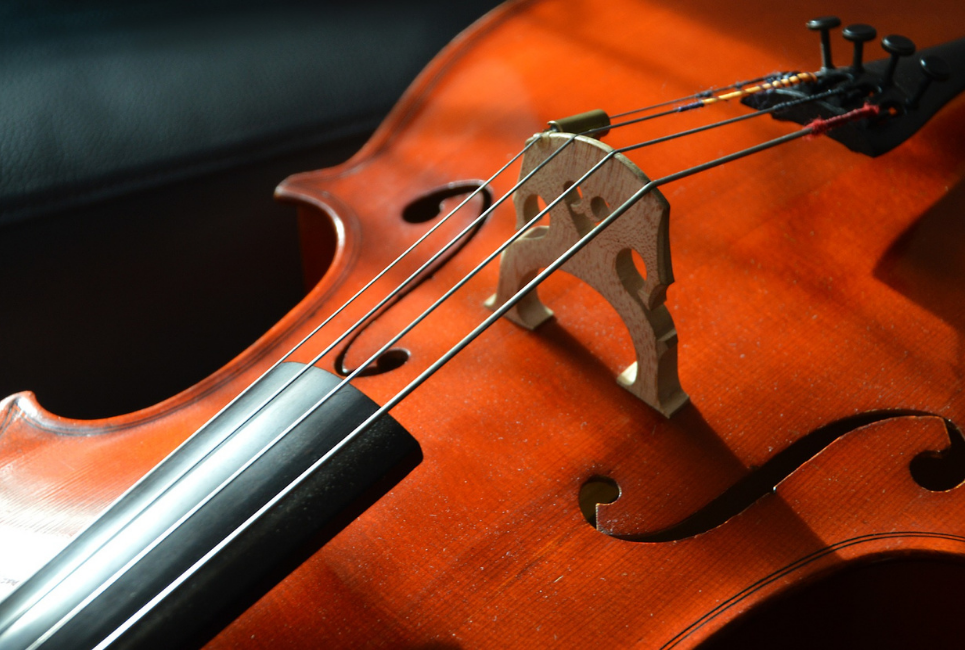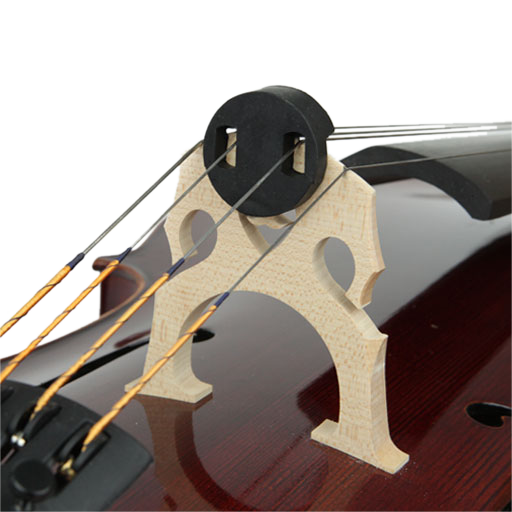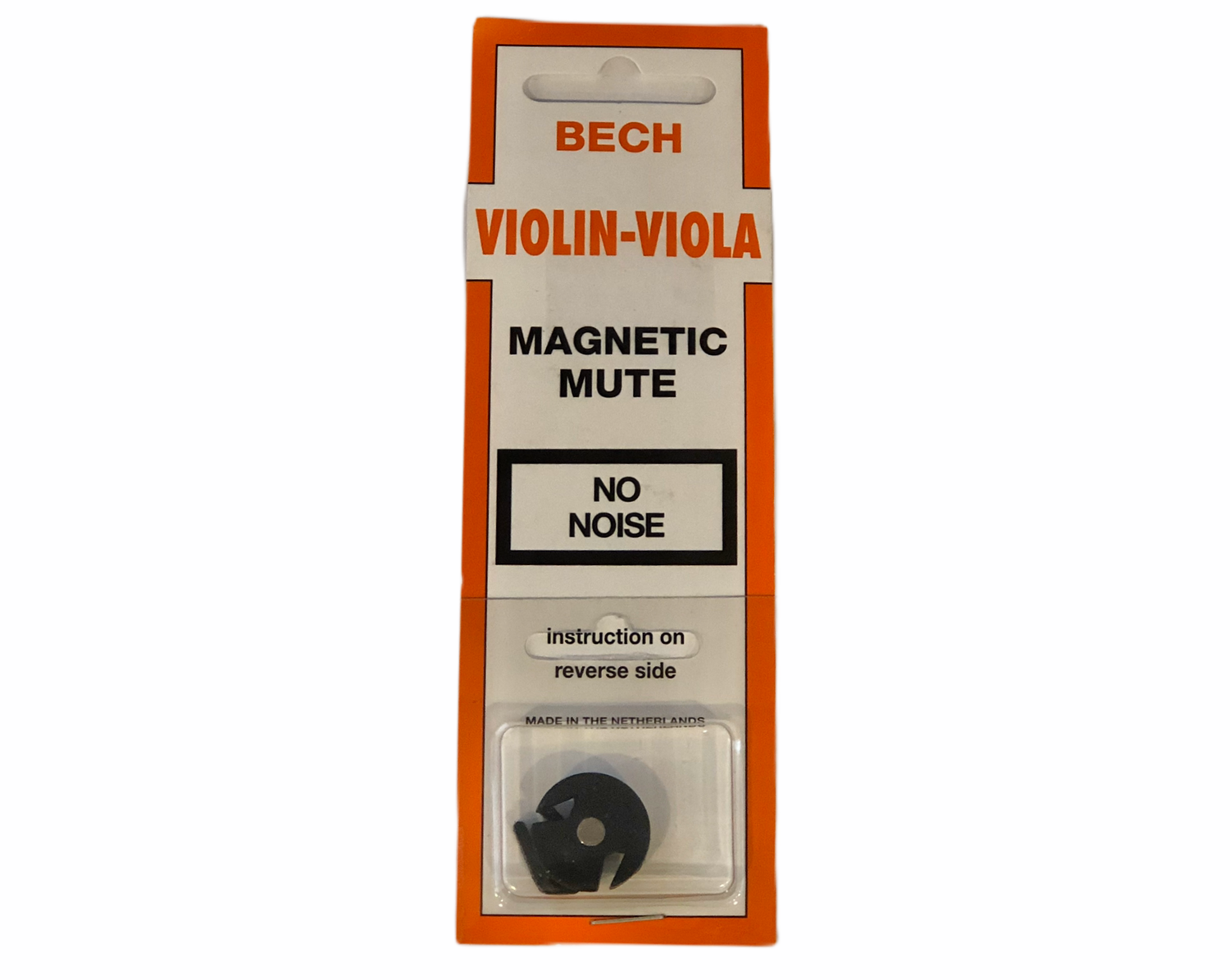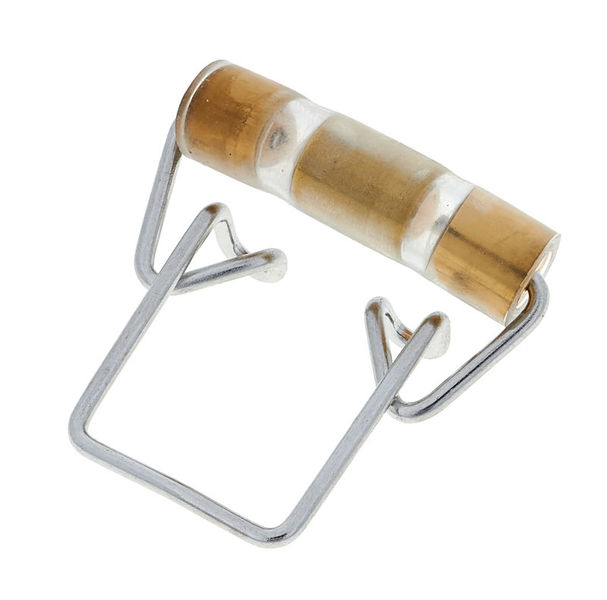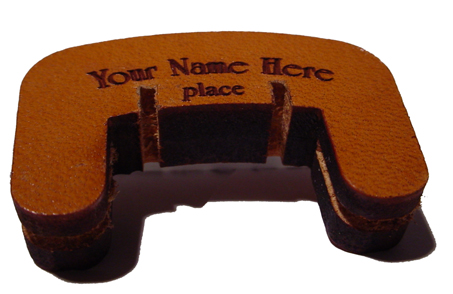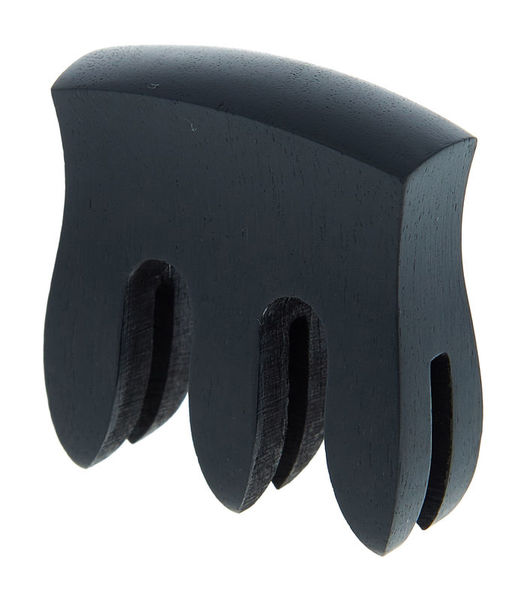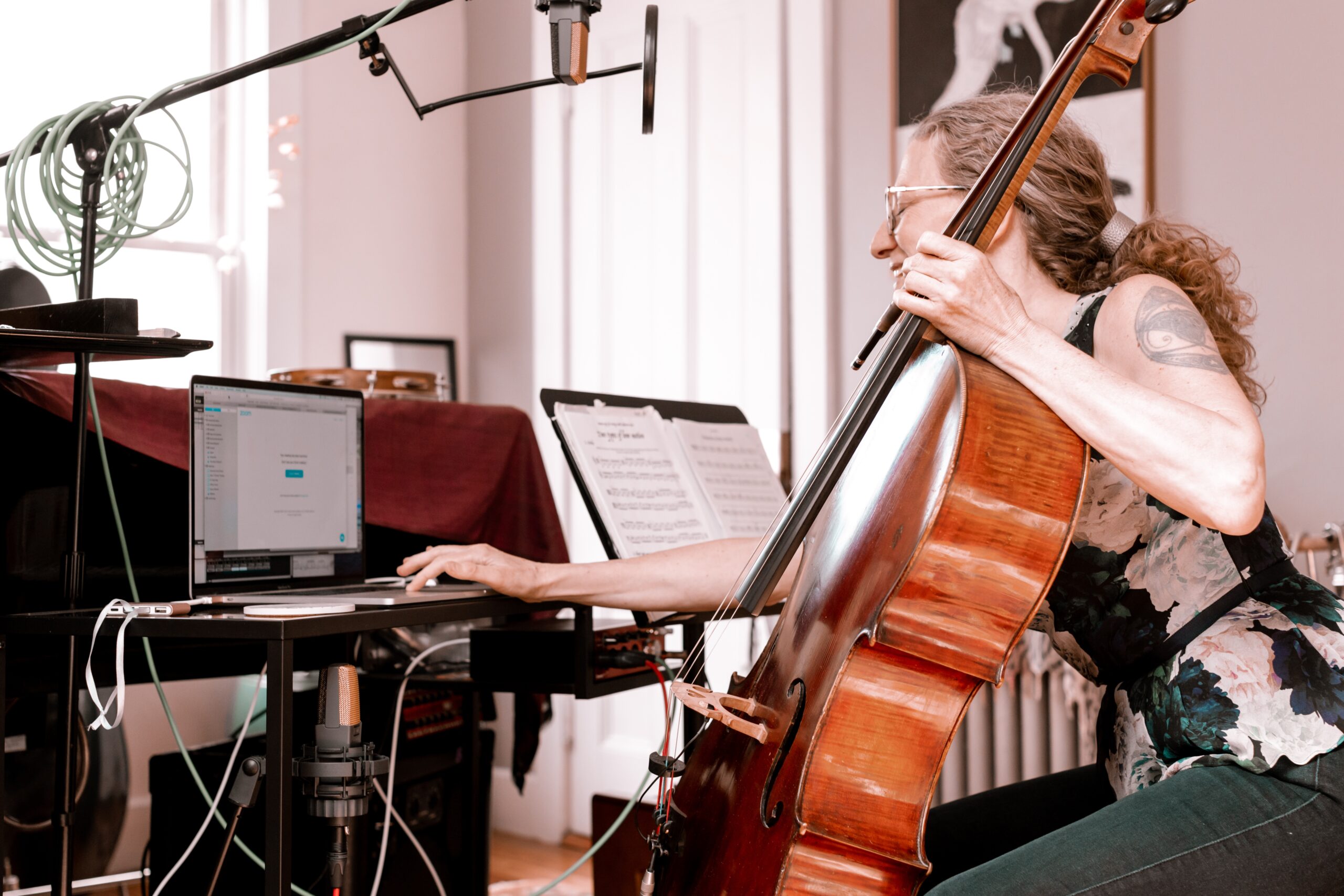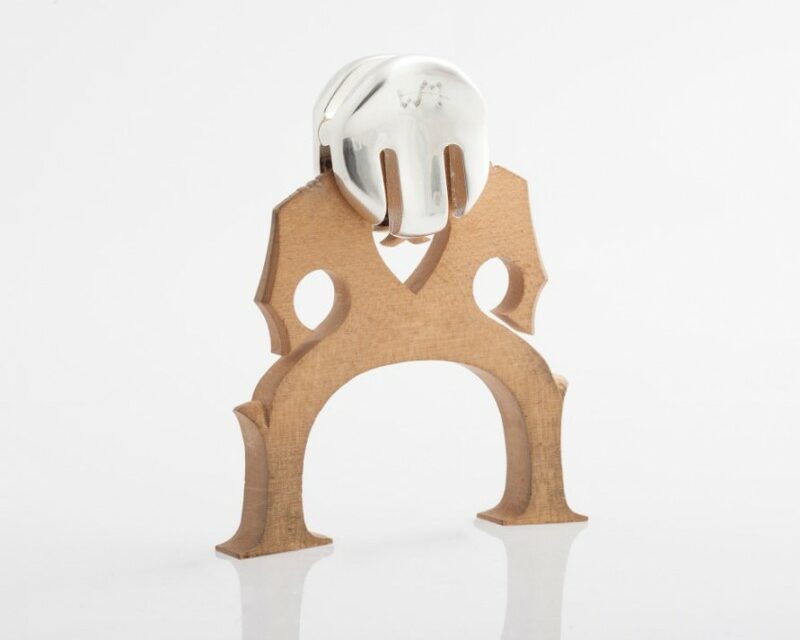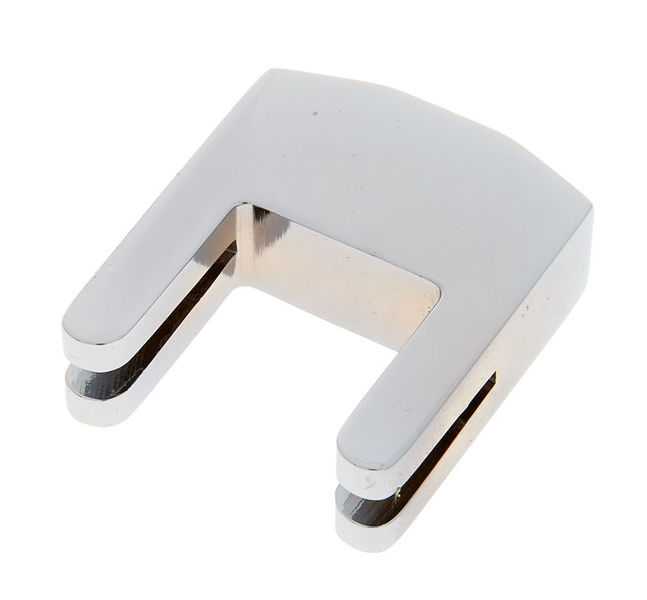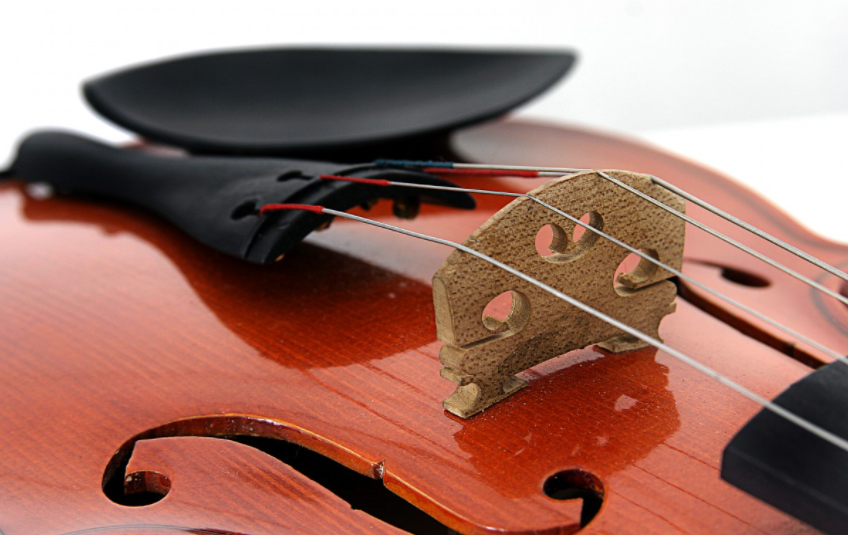- How to Find the Best Violin Shoulder Rest - April 12, 2022
- How to String a Violin – A Guide to Changing Violin Strings - April 3, 2022
- How to Tune a Violin: A Guide to Tuning the Violin - March 21, 2022
When you buy an item using one of our links, we may earn a portion of the sale. Strings Guide and some products featured on the site are owned by the same company. Learn More.
Mutes for cellos (and all stringed instruments) are similar to the soft and practice pedals on a piano. Concert mutes, like soft pedals, limit the cello’s resonance slightly. The sound is mellow as if the cello were being played in another room. Practice mutes, like practice pedals, dampen most of the sound vibrations. The effect is not musically interesting but allows the cello to be played at any time, anywhere!
Buying mutes
All cellists should have concert mutes as a lot of repertory calls for them, particularly orchestral works. Some pieces/movements ask for whole string sections to be muted, like Bartok’s “Music for Strings, Percussion and Celesta.”
If you’re an advanced player (or intend on becoming so), I suggest you try a few different concert mutes. There is a whole range of designs at roughly the same price, and there’s no way of knowing in advance which kind you will find the most practical. Different concert mutes also dampen the sound to slightly different degrees – you might have a mute you prefer for orchestral playing and another one for solo. Mutes are inexpensive and easy to misplace as they’re so small, so it’s good to have some spares. While practice mutes are not strictly necessary, it’s worth investing in one. You never know where and when you might need to practice without disturbing the people around you.
How does a mute work?
All mutes work in the same way. They constrict the cello bridge (to varying extents) so fewer vibrations can travel to the cello body/soundbox. With a concert mute, the sound is reduced by approximately 20%, and with a practice mute, up to 80%. It’s a bit like pinching your nose and then breathing through it – the more you pinch, the less air can travel in and out of your nose.
Concert mutes
Concert mutes are light and are usually made of rubber. Circle or oval mutes are designed to be clipped onto the G and D strings between the tailpiece and bridge. They hang there until needed: the cellist pulls the mute up to the bridge and fits the latch over the bridge’s top. This video shows how to do this very clearly, despite being demonstrated on a violin instead of a cello.
I don’t like keeping my mute hanging between the bridge and tailpiece because it tends to knock rattle the strings if I play or pizzicato loudly. I only keep mute on the strings if the piece I’m playing has passages that require one. Otherwise, I keep it in the pocket of my violin case (I’m a violinist, not a cellist, but when it comes to mutes it’s the same thing!)
Nowadays, there are several attractive alternatives to the classic rubber model. Let’s explore the best concert mutes out there!
Best concert mutes
Tourte Style Rubber Cello Mute $8.95
This is the most widely used concert mute. It has two holes that clip onto the G and D strings, as described above. The Tourte mute has maintained its popularity over time thanks to the speed with which players can put it in place and remove it. In orchestra especially, being able to do this at lightning speed is essential! The one big drawback: Tourte mutes rattle in their resting position (near the tailpiece) if the cello is played loudly. However, using the mute solely for orchestra is not a problem as the rattle won’t be heard.
Tourte Original 1 Hole Cello Mute $3.99
This model is almost the same as the previous one. Only it has one hole instead of two. Therefore, the muting effect is slightly lighter, and less of the bridge surface is taken up. The cellist can choose which string to place it on – some prefer the G string, others the D string.
Some Tourte mutes have been reported to leave a black mark on the bridge. I have never experienced this myself, but it’s worth making sure the rubber is in good condition before using it.
Bech Magnetic Cello Mute $8.35
The Bech mute works like the original Tourte mute, but in addition, a magnetic system prevents it from rattling when it’s not used. A magnetic adhesive pad is attached to the tailpiece. The side of the mute facing the tailpiece contains the corresponding magnet, so when you slide the mute off the bridge, it fastens itself to the pad.
Some players have experienced interference between the Bech mute and they’re fine tuners, while others have found that the adhesive pad stops being sticky enough after a while.
Gewa Roth-Sihon Cello Mute $19.90
This mute is a ‘sliding’ model made of brass, steel, and rubber. You never need to take it off once it’s in position over the D and A strings. Some players have broken the mute while getting it in place; pinch the D and A strings together and do it gently! Reviews vary enormously over the effect the mute has on the cello’s timbre: some players say the richness and warmth are almost fully preserved, and only the volume is reduced. Others find that the mute not only decrease the volume but warps the timbre in a bad way! I suppose it mainly depends on the cello itself. The Roth mute is also used as a wolf-tone suppressor, for which it is very effective.
Cello Polly Mute $16.00
The Polly mute is another sliding design made from flexible, synthetic rubber. It does not rattle and can be positioned on the bridge and removed again very quickly. It comes in a variety of colors, and for $30, you can buy a ‘Brillante’ model adorned with Swarovski crystals. Some cellists might find that the muting effect is not strong enough – however, this is undoubtedly a product worth trying out.
Leather Wiessmeyer Mute $37.95
Leather mutes allow the cello to retain its warmth and breadth of harmonics the most while diminishing the volume. This innovative, luxury model has three functions: it can sit between the bridge and the tailpiece without rattling. A mild dampening effect can be produced by pushing the mute up to the bridge but not placing it on top. When placed on top, the volume is significantly dampened.
The Wiessmeyer mutes come with optional engravings. Of course, the price of these mutes is significantly higher than all other models, and they remain an accessory that is extremely easy to misplace.
Roth and Junius Cello Mute Carved Ebony $8.40
Ebony mutes have been used for at least two hundred years and many cellists today still find them superior to rubber or metal alternatives. They usually have three prongs, like the Roth and Junius model, which are lightly pushed onto the top of the bridge.
Ebony mutes are no longer the most practical option because they cannot be kept on the cello strings. When you remove the mute, you must find somewhere to put it: usually on the music stand or in a handy pocket. This takes considerably longer than that for a Tourte or sliding model.
If you need a mute for solo or chamber repertoire and are looking for a vibrant muted sound, I recommend trying ebony mute.
Many online reviews complain that the prongs are too narrow for the bridge width; this is most likely because the players try to push them down too hard. If the mute doesn’t fall off, it’s perfectly in place.
It’s imperative to remove the mute after you finish playing. As it sticks up significantly above the bridge, the top of the cello case could push down on it and cause the bridge to collapse. The same goes for all practice mutes!
Practice mutes
Practice/Hotel mutes are larger and heavier than concert mutes. Rubber varieties have less of a dampening effect than metal ones, which can cut up to 80% of the cello’s sound. All practice mutes have prongs and are placed directly on the top of the bridge.
Of course, you cannot work on your tone and sound quality when using a practice mute. Such a large volume-cut inevitably distorts the tone. However, you can study left and right-hand techniques, intonation and learn pieces. Some mutes will distort the tone more than others; this depends as much on the cello as the mute itself.
Metal mutes must be used with care and placed correctly. As they are heavy, they can significantly damage the cello’s top were they to fall off the bridge. If you misjudge a bow stroke and hit the mute/bridge by mistake, this can happen.
I used to have a metal practice mute, and although it never fell off my violin bridge, I was constantly worrying that it would! I eventually bought the Artino rubber-coated metal mute and am very happy with it. It’s lasted over ten years and hasn’t left any marks on my bridge.
Best practice mutes
Artino Rubber-Coated Metal Practice Cello Mute
This is the mute I recommend the most! It cuts 70% of the cello’s sound, and the resulting tone is not unpleasant. The fact that it’s rubber-coated means you don’t have to worry nearly so much about it falling on the cello top. A great investment!
Wmutes Practice Mute Cello
If you’re a professional player and need to practice intensively with a muted sound, you should consider this product. It’s made of refined brass with gold/silver plating, and an inner layer of cork protects your bridge. There is no fear of it falling off as it clips onto the bridge top. The high-quality materials retain the cello’s rich tone while the volume is significantly reduced.
Gewa Mute Metal Cello
The Gewa metal mute is smaller than other models as it only has two prongs. It’s, therefore, easier to avoid hitting it with your bowing hand. The design is elegant, and for those who particularly want a metal model, I think it’s the best.
Ultra Cello Mute
This is a pure rubber practice mute, cheaper and lighter than other models. The dampening effect is not as strong as metal, but it won’t be a problem if you don’t need to practice in the middle of the night or next to a sleeping baby. The Ultra mute fits snugly over the bridge (it doesn’t stick up in the air like some pronged models), so it’s comfortable to play with and still has a much stronger effect than a concert mute.
My choices
As a professional violinist, I’ve tried many models over the years and prefer the classic Tourte concert mute and the Artino rubber-coated practice mute. That said, I tried my friend’s leather concert mute a few months ago and found it truly excellent. I haven’t bought it because I regularly lose mutes (a bit like pencils – don’t ask me how) and given the price, I would be very unhappy to lose the Wiessmeyer one! I’m interested in the ‘wmute’ too, as I often practice at night in my apartment. However, I’d like to try it first before buying it, and I haven’t come across a musician who owns one yet.
Mute notations
In classical music, there is a variety of notations for muting stringed instruments:
| With mute | Without mute |
| Con sord | Senza/Via sord. |
| Con sordino/a/e/i | Senza sordino/a/e/i |
| Dämpfer | Dampfer ab/auf |
| Mit dampfer | Ohne Dampfer |
| Gedämpft | |
| Mettez sourd. | Sans/ôtez sourd. |
| Avec sourdine | Sans sourdine |
The art of placing and removing mutes
In orchestra, you will encounter pieces requiring you to place/remove your mute very quickly between passages. Sometimes, like in this excerpt from the 4th movement of Mahler’s 4th symphony, you might only have a few beats rest:
‘Mute technique’ is usually overlooked by teachers and conductors. Don’t hesitate to practice it at home! Here is a beautiful, little-known prelude by Sofia Gubaidulina called “Con Sordino-Senza Sordino”. She requires you to remove the mute with the left hand while bowing open strings – if you master this, you’ll be ready for any mute-related difficulty!
FAQ
Answer: Not necessarily. Pronged mutes are made to fit a specific bridge width, so a full-size practice mute might be loose on a smaller-sized cello. If you buy a mute online, the specifications on the product page will usually say which size cellos the mute will fit. It’s best to ask first in the music shop before buying a mute. A viola practice mute is the most appropriate for a 1/8 or 1/4 sized instrument.
Answer: I recommend the classic Tourte rubber model as the first mute for repertoire. You can use it for solo, chamber, and orchestral playing, and it’s cheap. Although sliding mutes are easier to position quickly, I think it’s worth getting accustomed to a Tourte mute. I strongly suggest the rubber-coated metal Artino practice mute as well.
Answer: Yes, only cello mutes are more substantial than violin or viola mutes. There are also more models available for violins, including the Heifetz design.
Answer: It is improbable that you will damage your cello with a concert mute because all designs are small and light. If you’re not sure how to fix the concert mute to your strings, you might end up breaking a string while experimenting. Metal practice mutes are a serious risk – use them with great care. All pronged mutes should be positioned lightly on the bridge and not forced downwards.
Answer: A wooden clothes peg makes a great mute! Try to use the kind that opens by squeezing the opposite end to not push/pull it onto the bridge.
A rolled-up piece of paper can work as a makeshift mute: weave it over and under the four strings, between the tailpiece and the bridge. Then, gently pull it up as close to the bridge as possible. Money paper works the best as it is more flexible than standard paper.
Looking for more interesting readings? Check out:

